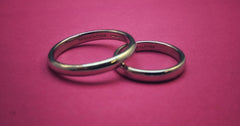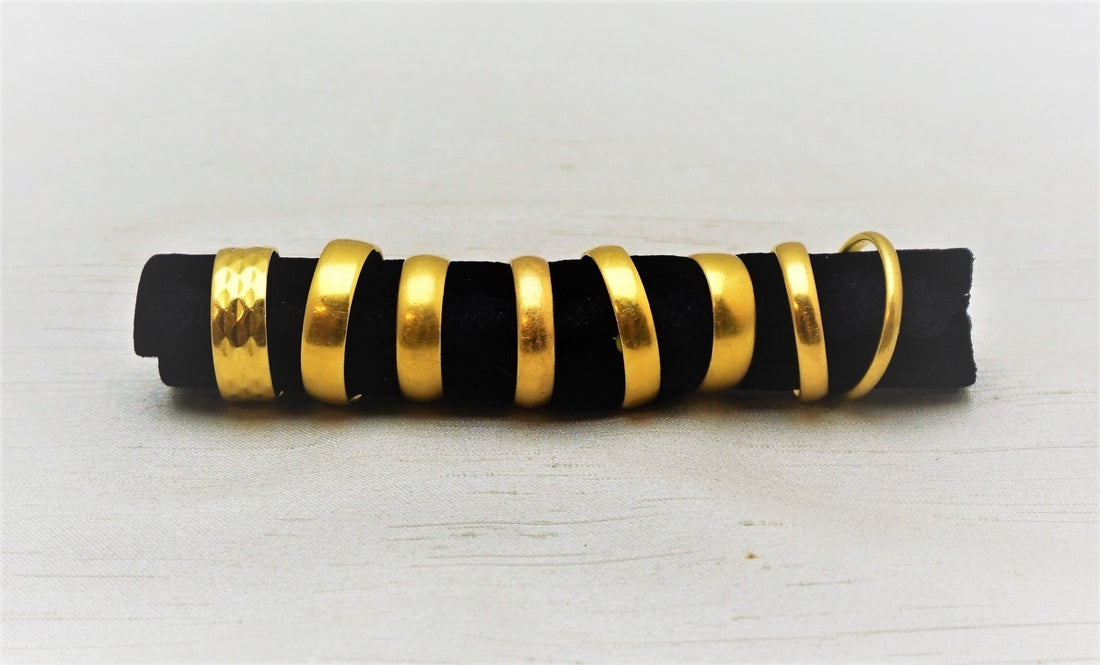Wedding rings originated in the Neanderthal times where they wove grasses and reeds into circles to symbolise eternity and completeness. Differing cultures have different traditions on how the wedding ring should be worn. The Egyptians wore them on the third finger of the left hand as they believed that a vein from that finger led directly to the heart.

In many Western and Asian countries couples wear their engagement, wedding and eternity rings on the left ring finger. However, in Germany and the Netherlands women wear their engagement ring on the left hand and the wedding band on their right hand. It is also custom in some other European countries to wear the wedding band on the right hand. By contrast in Chile, both men and women receive engagement rings which they wear on their right hands and then once married it is switched to their left hands.

In Hindu cultures instead of wearing a finger ring, women wear ‘bichiya’ or toe rings. Jewish custom is that the bride initially has her ring on her right index finger and once she’s married it gets switched over to her ring finger. Celtic countries have rings engraved with a Claddagh design symbolising marital fidelity. Russian and French rings often consist of three multi coloured interwoven rings.
Until recently men were less likely to wear a wedding band. World War 2 saw change and more started wearing them as a reminder of their wives whilst they were stationed away from home. Today traditions have changed and it is now common, all over the world, to see wedding rings being worn on both the left and right hands. Personal taste should govern what style of ring you choose and which finger you wear it on.






